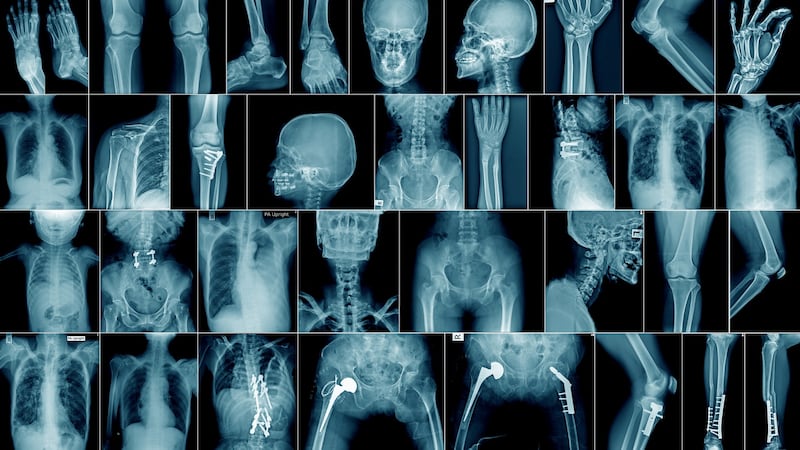The publication of the largest review of X-rays in our hospital system has underlined – not for the first time – an ongoing risk to patient safety.
Eleven people, whose scans were read by a locum radiologist, suffered a delayed cancer diagnosis and serious impact on their health, the review of more than 46,000 tests in University Hospital Kerry (UHK)found.
The lookback at scans carried out over a 15-month period in 2016/2017 found three patients with undiagnosed cancer which had not been previously identified. It also found a “substantial” rate of unreported and clinically significant findings requiring clinical review to determine whether patients needed to be recalled for further tests. “The review’s sole purpose was to examine potential safety issues and where found to acknowledge the harm to patients . . . The review and its results do not imply that the harm caused was exclusively attributable to the consultant radiologist whose work was reviewed,” the HSE report states.

The vast majority of x-rays and scans reviewed (44,831) agreed with the original report or found a minor abnormality of no clinical significance. Some 1,298 identified an unreported finding that was unlikely to be of clinical significance, while 105 required immediate action as a finding of significant clinical concern was made.
The radiologist at the centre of the controversy, by signing off on some 46,000 reports over 16 months while working at the Tralee hospital, was significantly overworked. The standard workload for a radiologist in Ireland is between 12,500 and 15,000 examinations per year; the UHK locum radiologist reported on some 36,000 tests per annum. Unfortunately the review does not address the reason for the overwork: was it because of excessive employer demands or does it reflect a clinician with a heightened work ethic?
The review team said they did not look at whether the discrepancy rates were within international norms. Why not? The error rate attributable to the locum consultant was at the lower end of international norms. Most studies show an error rate of two per cent to five per cent. This is the expected level of error given the necessarily subjective nature of a radiologist’s interpretative role.
A number of other important questions do not appear to have been addressed by the inquiry. Of the five consultant radiologists at UHK at the time, how many were employed as locums? Does the HSE comply with international norms for the number of radiologists per 100,000 population? And did it have to outsource x-ray and scan reporting in the year prior to the inquiry and, if so, in what numbers?
The review of radiology at UHK may have been carried out expeditiously. As an internal HSE review, however, it does not probe deeply enough. An external examination must be initiated.












